Learn how to grow bamboo with this comprehensive guide. Step-by-step instructions and wonderful tutorials will answer your pressing questions on how to grow, maintain, and harvest bamboo plants.
You must have seen those fantastic pictures of your favorite celebrity’s house, where beautiful bamboo is adding a fabulous touch or used as a privacy screen to their stunning and calm garden. Bamboo is the fastest growing plant. That is wonderful for a quick privacy hedge, not so wonderful if it grows way too quickly and takes more space than your garden has to spare.
Bamboo Gardening: How to Grow and Maintain Bamboo Plants
Bamboo can be difficult to keep under control in an outdoor garden, but it has many other things it can be used for more than decoration purposes. Through this article, I hope you learn everything you need to know about bamboo gardening and bamboo in general.
Various reasons why bamboo is used and is considered good for the environment as well:
Bamboo is a quickly renewable plant and resource. Bamboo is easy to grow, and it grows very quickly.
Bamboo gardening is done for decorative purposes, for privacy, to fill space, and in pots for indoor or controlled bamboo plants.
For years, bamboo has been used as a medicinal ingredient around the world. Bamboo leaves, as well as roots, have amazing health properties. Used in Chinese medicine, bamboo is considered cooling, calming, and phlegm resolving.
Because it is a renewable resource, bamboo has been gaining popularity as a fuel as well. Bamboo gardening is often done to use this plant to create charcoal.
Bamboo as food might sound a little odd, but many places around the world do use it as a meal ingredient. From Nutritional Properties of Bamboo Shoots: the lesser-known fact of bamboos is the usage of its young shoots as a food that can be consumed fresh, fermented, or canned. The juvenile shoots are not only delicious but are rich in nutrient components, mainly proteins, carbohydrates, minerals, and fiber, and are low in fat and sugars. In addition, they contain phytosterols and a high amount of fiber that can be labeled as nutraceuticals or natural medicines that are attracting the attention of health advocates and scientists alike.
Bamboo has been used to make beautiful accessories for many years.
Major varieties of bamboo that you should know:
Bamboo clumping variety:
This is the ideal kind of bamboo for people who dread unnecessary bamboo spread in their garden space. This bamboo type usually stays exactly where you want them to grow and grows in large clumps, as defined by the name.
This bamboo’s growth is quite slow, which might make you stay away from choosing it for bamboo gardening. Clumping bamboo also needs a specific type of climate; otherwise, the bamboo struggles to survive for a long time.
This bamboo struggles to stay evergreen and might not be your cup of tea if you wish to grow bamboo that would be used for decorative purposes.
Running bamboo variety:
As per the name, this is the running type of bamboo that spreads very quickly and needs to be monitored closely at all times. Some people consider running bamboo invasive plants. If you want to contain your running bamboo, look for a type you can pot. Underground rhizomes are the main reasons why this bamboo spreads so uncontrollably.
Rhizomes travel more than 100 feet, and they are the runners which activate new shoots under the ground. These could be annoying as without meaning to do so, you may end up doing bamboo gardening somewhere you never wanted bamboo to grow. Thus only if you are willing to dedicate your time to learn about running bamboo and how to control its growth it is better not to choose this type for bamboo gardening.
Depending on your hardiness zone, you will choose what type of bamboo to plant. There are cold hardiness zone bamboo plants. USDA Plant Hardiness Zone Map
Cold-hardy Running Bamboo Types:
● David Bisset Bamboo (Phyllostachys, pot to keep contained)
● Kuma bamboo
Cold Hardy climbing bamboo types:
● Red Margin USDA Plant Hardiness Zones: 5-11
● Fargesia
Warm climate types Clumping bamboo varieties:
● Bambusa multiplex (non-invasive)
● KARR
● Fernleaf
Bamboo Running types include:
● Black bamboo (Phyllostachys Nigra) USDA Zone 7-11: average 25 to 35 feet at mature height, USDA Zone 6: average 16 feet at mature height
● Temple Bamboo USDA Plant Hardiness Zones: 6-11
● Golden Bamboo USDA Zones 7-11: 25 to 30 feet at mature height, USDA Zone 6: 14 to 16 feet at mature height
Now, let’s get into the process of planting bamboo:
Where to plant bamboo:
Picking the correct place to grow any plant is often the very first thing you need to do. Bamboo, unlike other plants, doesn’t really need a specific location for it to grow nicely.
Best soil conditions for bamboo
In general, bamboo may be planted anywhere in the soil in your garden with proper sunlight (provided you have chosen bamboo plants that will grow in your hardiness zone). As a suggestion, pick a place where the bamboo trees will get full sun as bamboo grows well under the warm sun. Moist soil instead of soil with lots of water is also recommended for bamboo gardening.
Bamboo climate requirements:
As already discussed, warm weather is often the best kind of weather for bamboo gardening. Strong winds may interfere with plant growth. Choose the correct plants for the hardiness zone in which you live. There are cold weather bamboo plants (generally down to Zone 5). Take special care in choosing those plants if you live in a cooler climate.
Time of year to plant bamboo:
Choose spring as the season to start bamboo gardening. Bamboo garden planting should be done right after the winter season ends. Spring is the best time plant as any extreme summer heat may be bad for these plants. If autumn comes with strong winds, that is not the best kind of weather for bamboo planting. By planting in the spring season, your bamboo plants get enough time to grow and be ready for the summer heat that is to come. Any time during the spring season thus can be chosen to start bamboo gardening successfully.
Preparing bamboo seeds ready for planting:
Before you purchase bamboo seeds, you have to decide the type of bamboo that you wish to grow (see above). There are different types of bamboo, and each type has a different purpose. Make certain you choose a type of bamboo suitable for your needs: decorative, privacy, running, clump, warm weather, cold weather.
There is a particular way to properly get the bamboo seeds ready for plantation. If you are not purchasing seedlings or potted plants from a nursery, the seeds should be cleaned carefully and dried in the sun for about 2-3 hours. Then they need to be soaked in water for more than 6-7 hours. Water needs to be drained from them minutes before you decide to do the actual plantation. Use seedling containers for better results.
Time for the actual plantation – since you have decided to grow bamboo from seeds, it’s best to first plant the seeds in small plastic containers. Later on, you can plant them in open space once they are a little big grown.
The container needs to be filled with soil, ashes, and anything else that you think will allow the plants to grow well. Bamboo gardening is preferred to be done using containers at first, and you need to use the correct soil so the plants can get all the necessary nutrients. The soil should be fairly loose, and one seed should be present in each 1-2 inches deep hole in the soil.
How to transplant a bamboo plant:
Once the bamboo is grown to a certain point (20″), it is time to plant it in the ground area you have prepared, where you expect the bamboo plant to grow for a long time. (Ignore if you plan to keep them potted.) Transplantation needs to be done carefully because you will not get another chance to move the bamboo plants.
When bamboo is about 50 cm tall, it is time to pull it out of large pots and place them into the ground. You cannot plant them right next to each other just because you want a dense bamboo wall. Plant bamboo plants 3-4 feet apart as bamboo spreads as it grows larger and taller.
Remember that clumping bamboo does not spread as much running bamboo does, so the distance between plants can be a little less. On the other hand, running bamboo spreads a lot, so it is better to keep some distance between each plant you are placing into the ground.
When is the correct time to transplant bamboo plants?
Generally, bamboo is not as strong in the early stages of its growth. Adult bamboo grows quickly, but the same cannot be said for baby bamboo plants. So when it comes to bamboo gardening, you should take your time before transplanting bamboo.
In the initial stages, bamboo takes about 20 to 30 days to germinate. About 3-4 months after planting is done is when experts suggest transplanting your bamboo. At this stage of the life cycle of the bamboo plant is when bamboo starts producing sprouts.
Taking care of the plants during the bamboo gardening period:
Watering the plants regularly.
Just like any other plant, bamboo as well needs water to grow properly and be healthy. Consistent watering is recommended for most bamboo species as the plant develops properly because of it.
But at the same time, you cannot let the bamboo roots be in excess water for a long period of time. When bamboo has just been planted, you should make it a habit to water the young seeds daily.
Once transplantation is done, and if the weather is not extremely wet, you can water them 3-4 times a week, and it should be enough. When the weather is extreme, which is hot or windy in the case of bamboo, you will need to water your bamboo plants more often.
In the winter season, bamboo gardening will demand more of your attention.
Bamboo roots will be completely damaged, and all your effort will be in vain if you do not take care of the bamboo garden in the winter season. Since many bamboo plants depend heavily on warm weather to thrive, bamboo would not survive the harsh winter weather on its own unless you have chosen cold-hardy plants.
If you are thinking about doing bamboo gardening in an area where strong winds are unavoidable, it is essential to create a barrier to save your bamboo during the season. Direct wind on the tree can cause cold injury and ultimately damage the plants.
The part of the bamboo that needs to be protected the most during the winter is the fragile roots. Using mulch to have an extra layer of protection for the roots is an amazing way to prepare the bamboo for the winter season.
The best fertilizer for bamboo:
Nitrogen is necessary to ensure bamboo is growing well. Fertilizers are essential to promote good growth in the early stages of a bamboo plant. Organic fertilizers enable a plant to get everything all the nutrients it needs to grow well and quickly. Greener, more robust plants are realized with fertilization. However, simply because fertilizers are good for your bamboo plants does not mean you will use an excessive amount of them. If you have started bamboo gardening in spring, you should give fertilizers during spring and summer.
Unlike some other plants that are extremely sensitive to pests, bamboo seldom falls prey to diseases. Pesticides are usually only used on bamboo if you notice rust, insects, or some other unusual happening on your plants. Adult bamboo is often more resistant to pests, but the same cannot be said for the plant’s new shoots (new growth). There are few specific species of bamboo that are more likely to get affected by rust, red spider, certain kinds of insects, etc. Make sure to do your research on the correct pesticides to use according to what the bamboo plants have fallen victim to.
Supervision is needed to ensure that nothing out of the ordinary is happening to the plants. If you suspect that pests are causing issues with your bamboo plants, you need to separate the new bamboo shoots from the rest and use recommended pesticides to solve the issue as soon as possible.
Controlling the unnecessary spread of bamboo:
As we have already discussed, most people tend to avoid bamboo gardening because of how quickly its excessive growth becomes a hassle for people. If pruning is not done regularly, bamboo trees can crowd into each other and cut off nutrient supplies. Running bamboo can grow where you don’t need it, so you need to get rid of the new shoots as early as possible.
Trimming is another thing you can do to maintain the beautiful look bamboo gives to your backyard. Once a year or every few months, you should consider cutting unattractive bamboo carefully. Bamboo that’s cut just above the node can always grow back again, so you don’t have to worry about damaging the growth.
Even if you have in-depth knowledge about planting and taking care of the bamboo, you still might struggle when it comes to controlling the growth of your bamboo plants. These are generally the situations when you shouldn’t hesitate to call local gardening experts and ask for help to stop the unnecessary spread of your trees.
Often the manual way of cutting bamboo is what most people use to stop the growth. As suggested before, you can use gardening tools like a hacksaw, chainsaw, pruners, etc., to cut the bamboo close to the ground.
How to harvest bamboo:
Most people do not take bamboo harvesting as seriously as they take the plantation process. Research has proven that the harvesting timing of bamboo and the techniques used to harvest bamboo do matter when it comes to retaining the bamboo plants’ strength.
Correct season to harvest bamboo:
When it comes to different varieties of plants, the sugar content changes based on the plant type; at the same time, the dry season is when bamboo is at its highest starch content which is dangerous because it increases the chances of fungi attacks.
The rainy season is not the best time to harvest bamboo as the starch content is really low. High moisture content because of the rain also increases the chances of cracking of the bamboo after harvest. The rainy season also initiates the growth of new shoots. Those new shoots may be destroyed if harvesting is done during the rainy season.
Keeping all these things in mind, the best harvesting period for bamboo is generally after the end of the rainy season and until the beginning of the dry season.
How to know that the bamboo plants are ready for harvesting?
There are four visible stages of bamboo growth – new growth, baby stems, grown stems, and older stems. There are distinct characteristics of each stage which makes it easy to differentiate one from another. The best age to harvest bamboo is between 4-7 years of age. Bamboo above seven years is extremely dry and isn’t suitable to be used for most purposes.
Noticing mature bamboo stems is when you should start thinking about harvesting. Mature bamboo stems are gray and dark green in color, and the color of the band around the knots shifts from white to grey at maturity. This is one of the best stages to harvest bamboo and use it for commercial purposes.
How to cut a bamboo plant:
Harvesting bamboo shoots using a knife:
Bamboo shoots, on the other hand, have also been used for decorative purposes for years. These shoots can be harvested during the spring season only when they are about 5-6 inches long and have a wide base.
Make sure to not get all the shoots as some can be grown more to be used for other things. Use a sharp knife to cut these shoots at ground level for best results. The shoots are also something that is used as food material in some parts of the world.
For bamboo that is close to 1.5 inches thick, loppers could be used.
A lopper is a gardening tool that is very popularly used to harvest bamboo with a thickness of about 3.5 cm. These may be found in any gardening store near you. But you have to be extremely careful while using these for your bamboo plants.
Ensure that you cut the bamboo trees close to the ground if possible – hold the loppers as wide open as possible and cut the bamboo gently to not damage the bamboo in the process. Take your time while closing the loppers, as closing them too quickly might damage your bamboo plant.
Another way to harvest bamboo shoots:
If you don’t wish to use a knife, using a shovel is just another way to get the new bamboo shoots correctly. A knife might not let you get the entire bamboo shoot, which is why a shovel is often the preferred way to do it.
Dig the shovel carefully through the ground so that you are at the end of the shoot. Then use it to loosen the shoot and the dirt around it. Once that’s done, you can easily pull out the shoot by hand. Sometimes, even a shovel is not needed as some bamboo shoots are loose enough to be pulled by hand.
Harvesting mature bamboo stems:
We have already discussed the characteristics that will enable you to determine if a bamboo stem is mature enough to be harvested. Now let’s talk about the best way to pull it out without any damage.
In the case of thick bamboo stalks, using a hacksaw is often the best way to harvest bamboo. Put the blade against the bamboo to be cut, and move your hand back and forth to cut the stalk carefully. One good tip for you is to use a sharp hacksaw as the cutting process becomes much faster.
Another gardening tool that you can use for bamboo harvesting is a chainsaw which is also available in any gardening store around you. Remember that you have to be really careful with the chainsaw and wear gloves and eye protection to protect yourself. Push the saw through the bamboo stalk you wish to harvest until the bamboo is completely cut.
Bamboo has been used for so many things that you might not even know; it has been grown commercially for years by people worldwide. This evergreen plant is much easier to take care of and can be beneficial in several different ways.
In this article, we have talked about bamboo gardening – from the different types of bamboo, the ways to properly plant it, ways to take care of the plants, solutions to cover the unnecessary spread, and finally, how you can harvest it correctly.
We hope that this article enables you to understand every small detail you need to know to start bamboo gardening on your own. Use this to learn every small detail about the process and become an expert at taking care of bamboo through its entire lifecycle.
Sources:
● ncbi.nlm.nih.gov
● everbamboo.com
● wiley.com
If you like bamboo gardening, read these posts:
● 10 Best Low Light Houseplants
● 10 Creative Home Gardening Ideas
● 15 Special Gifts for Gardeners
● If you enjoyed this post, be sure to sign up for the Ann’s Entitled Life weekly newsletter, and never miss another article!
● For more Garden posts on Ann’s Entitled Life, click here.
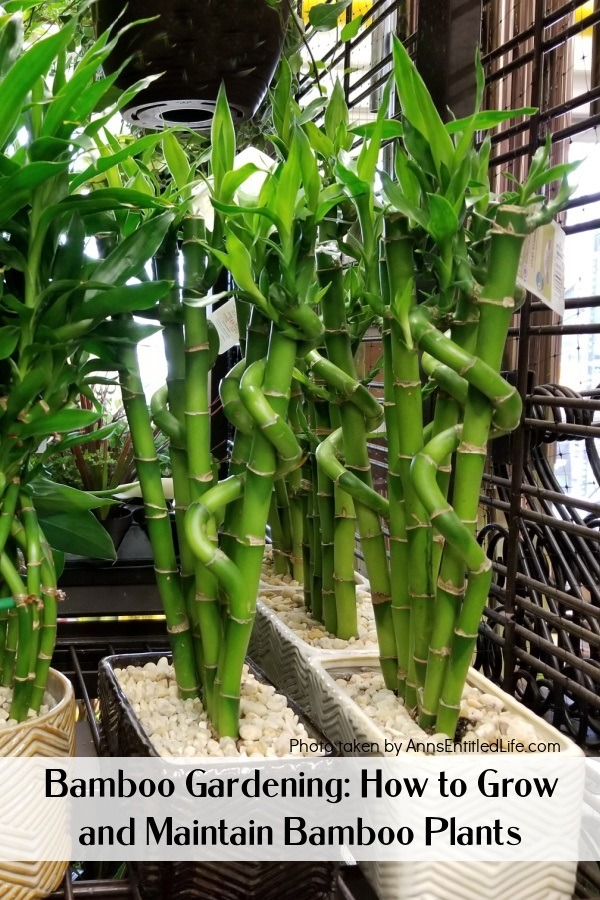
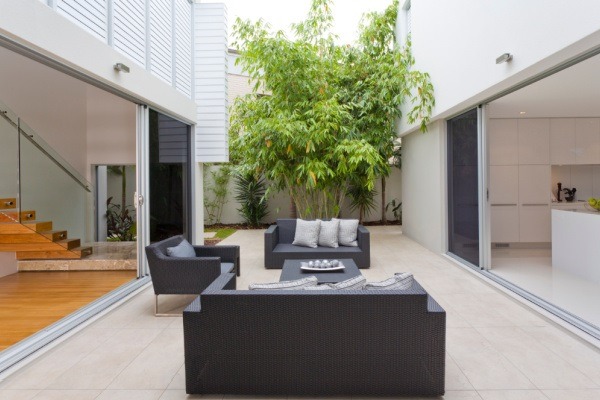
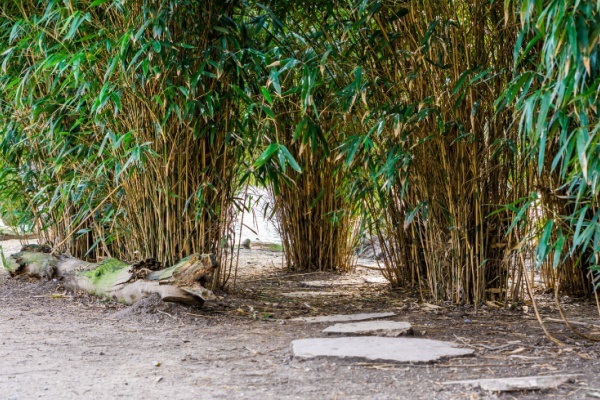
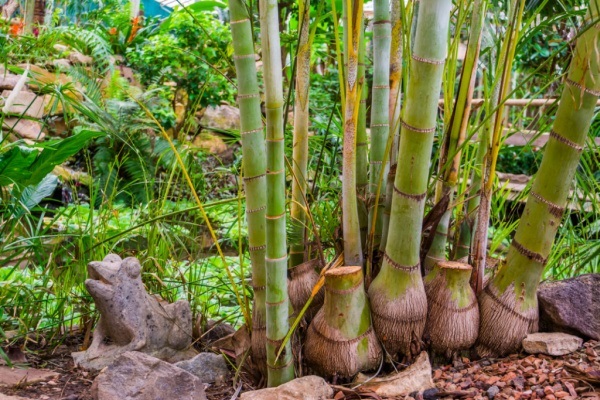
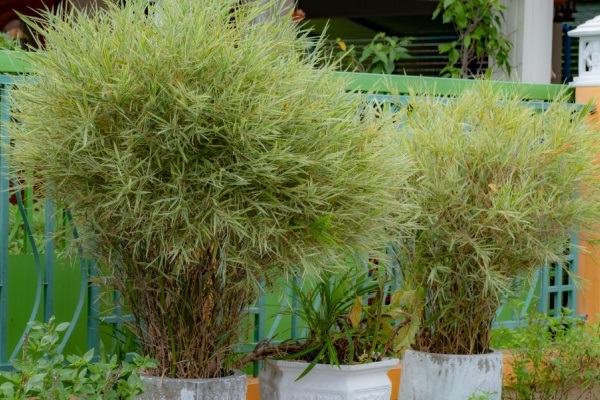
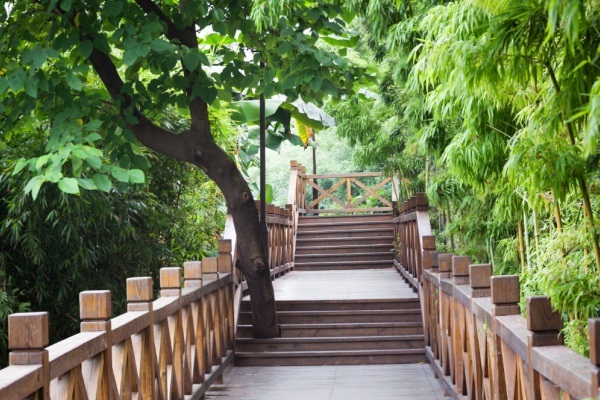
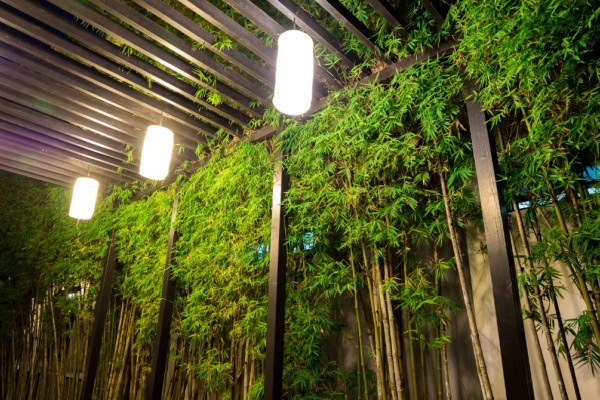
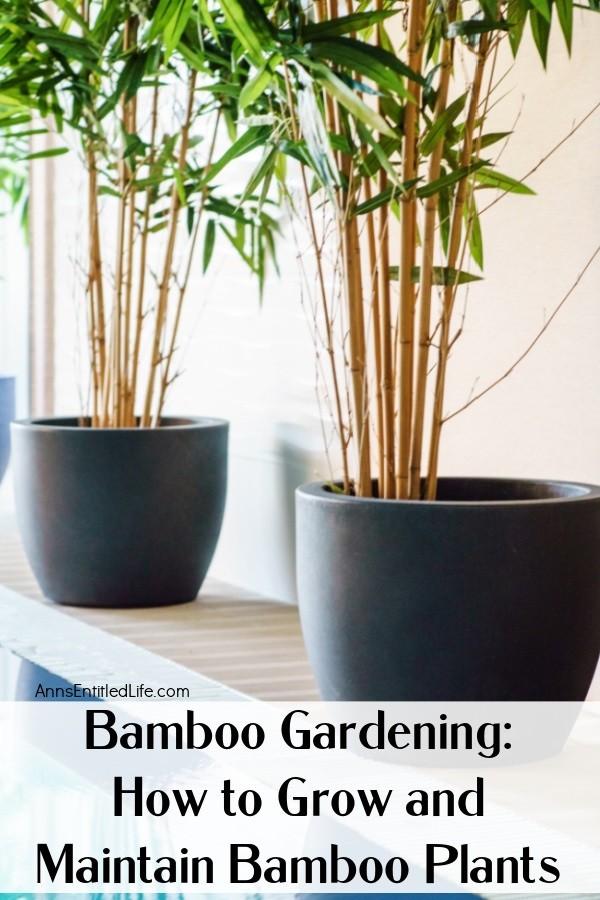
Leave a Reply